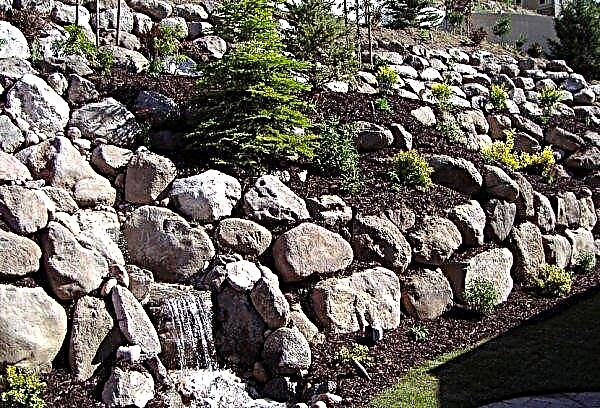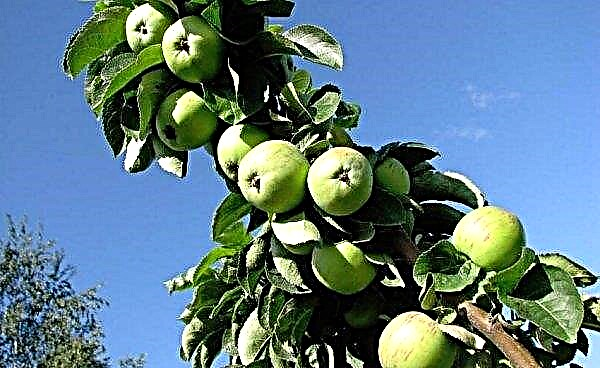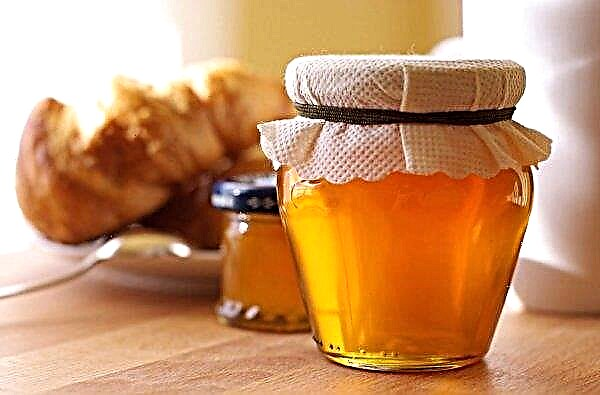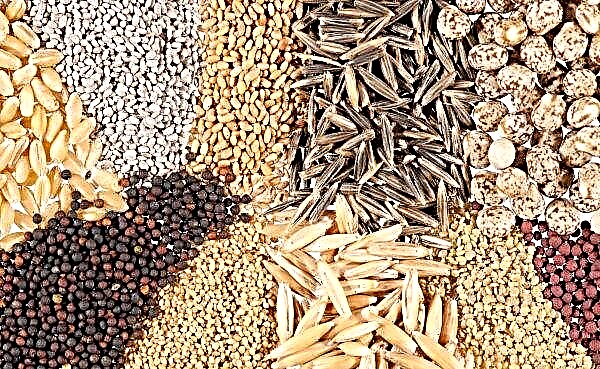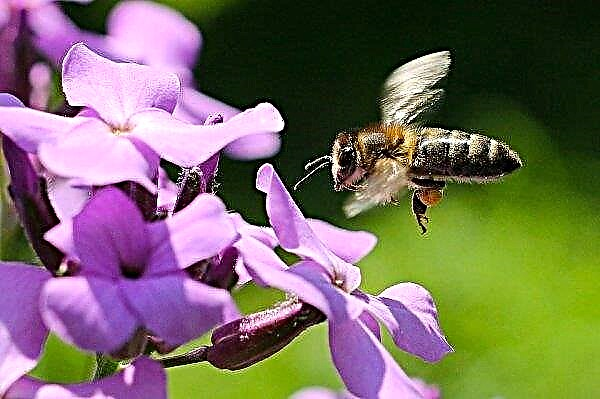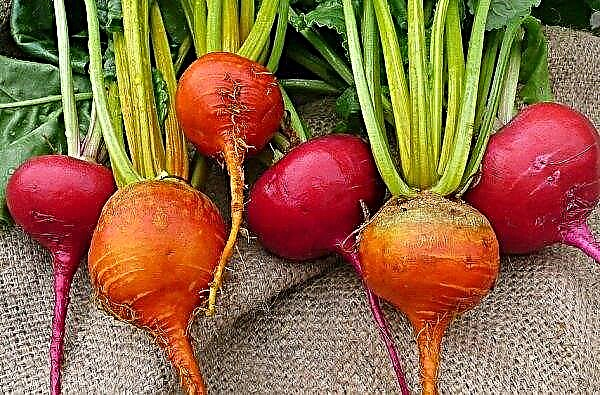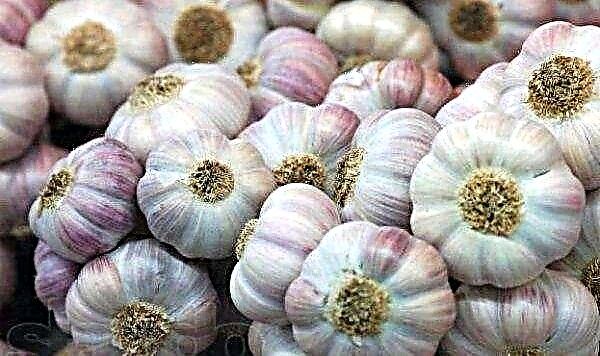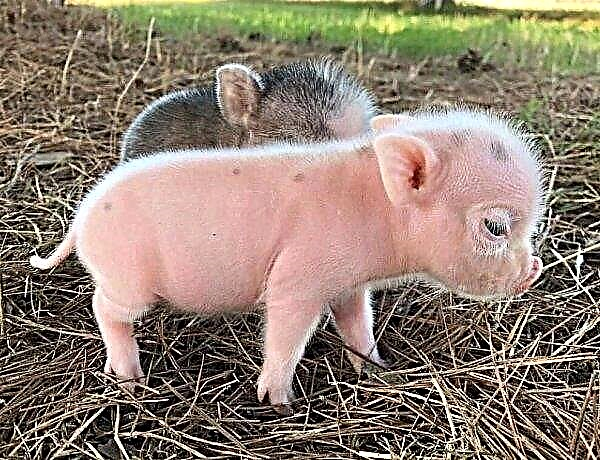Belyanka (Lactarius pubescens) is an attractive mushroom with a white hat, which is a mycorrhizal companion of birch. Moreover, it grows not only where the tree is found in the natural environment, but they also collect whitewash in places where trees are planted by people. Recognizing the mushroom during harvest is very easy. Read about how it looks and how to use it in the article below.
Mushroom description
Belyanka was first described in 1815 by the great Swedish mycologist Elias Magnus Fris. He gave her the scientific name Agaricus pubescens. But since then, some fungi have been isolated into separate genera. In 1838, this species was assigned to its current genus Lactarius pubescens. Synonymic names: white wave, volzhanka.
What does it look like
The description includes the distinctive features of the appearance of all parts of the fungus, smell and taste. As for the photos, there are quite a few of them, so that you can highlight the main external parameters, even if you have never seen the whit in reality. It also helps identification that Lactarius pubescens does not have any false varieties similar to it.
Did you know? The generic name "Lactarius" in Latin means "milk". When the plates on the hat are torn, a white liquid, similar to milk, is released from them.
Hat: Diameter from 5 to 15 cm. The shape is convex. There may be a small dent in the middle of the cap. The edges curl down. The skin is white, in the center of the hat a little darker. The whitewash may have other shades: yellowish or pinkish. The pubescent surface may be sticky to the touch. The word "pubescens" in the name of the genus means "fluff" and refers to the name of the thin villi that form the pubescence of the cap.
Plates: Located at the bottom of the cap. They are slightly descending, narrow, densely located. The color is off-white.
Leg: Length 2–8 cm. The higher the surrounding grass, the higher the leg will be. Thickness - 1-2 cm. Smooth, proportional, dry, without pubescence, painted the same way as the hat. But sometimes it can be covered with blurry brownish spots.
Pulp: Has a shade of whitish to pinkish. It becomes more loose with age. If you damage it in any way, then yellowish milky juice begins to stand out from it. Then the juice dries, staining the surface in a pale yellow color. The peculiarity of the pulp in its taste is bitter due to the specific juice.Milky juice: White. Does not change or slowly turns yellow when exposed to air.
Smell and taste: Fragrant and sweet, barely distinguishable. The taste is caustic.
Disputes: Ellipsoidal, 6.5-8 × 5.5-6.5 microns, salmon hue. May be cream.
Where is growing
Belyanka is a rather rare but common mushroom throughout almost continental Europe, Siberia and North America. It does not come across too often for mushroom pickers among the total mass of ripening mushrooms, but where you meet it, you will find a group of a dozen different sized whites. The likelihood that you will "meet" with representatives of this species increases in the area of moist meadow glades.
Habitat: It is found in groups under birches on lawns, in parks, in forest glades and even in wastelands. It is noticed that the whitetail often accompanies young birch trees about 5 years old.
Harvest season: From August to October.
Important! Do not eat those species of Lactarius that have a pronounced bitter or increased spicy taste. Be wary of specimens whose juice intensively stains the tissue of the fungus in yellow or lilac.
Edible or not
The edibility of the whitewash is ambiguous. In our literature, it is noted that the mushroom is conditionally edible. You can use it after heat treatment in a pickled form. However, there is evidence that the use of white waves can cause intestinal upset. Therefore, some European sources say that it is not edible due to the toxicity of the juice. 
Varieties and doubles
Varieties of whitefish (Lactarius pubescens) are 3 mushrooms:
- Betulae, described in 1979;
- Betularum 1985;
- Scoticus, 1991.
Lactarius scoticus Berk. & Broome - This is a small white trevushka that grows near alpine birch and dwarf birch (arctic). Betulae grows in the forests of North America, and Betularum - in the forests of France.
A mushroom similar to it is Lactarius torminosus - a pink thrush. She has a similar structure and a “woolen” hat of a salmon-pink color. It also grows under birch trees. But it is distinguished by its shade and larger disputes. The pink trefoil appears a little earlier than the whitewash - in July.
Did you know? The ancient Egyptians called mushrooms plants that grant immortality.
Growing
Perhaps you were thinking about why you can’t buy, for example, fresh chanterelles or thrills in a store. You might have met them dried or pickled, but you never met them fresh.
To get an answer, you need to know a few facts about mushrooms:
- After dividing the organisms into "Plants" and "Animals", scientists found that mushrooms cannot be attributed to one of these groups. They produce spores, not seeds, and do not produce chlorophyll. Therefore, mushrooms are unlike plants. But most importantly, they need other organisms for nutrition. And these mushrooms, they look like animals.
- “Mycorrhiza” in translation from Latin means “mushroom root”. The white top is a mycorrhizal fungus. Its root grows in the roots of the host tree. In a symbiotic relationship, the throat enters with a birch. In the process of exchange, the whitewash receives from the tree a part of the sugars obtained as a result of photosynthesis, and in return provides the plant with water and the substances that the tree needs, but cannot assimilate them from the soil on its own. Such substances include phosphorus. Its compounds in the soil practically do not enter into chemical reactions, are insoluble in water and can be absorbed only as a result of processing by soil microorganisms. Therefore, any attempt to cultivate mycorrhizal fungi would require the cultivation of the forest of the respective host trees, soil preparation, and the hope that some thunderbolts would appear under the birch trees.

Mushroom benefits
Flakes are used in food in the northern hemisphere, especially in Eastern Europe and Russia. Due to their specific chemical composition, they could also be used for the production of drugs if they could be grown in a controlled environment.
Important! Despite the fact that most people know how to classify mushrooms, cases of poisoning are recorded regularly. Therefore, when collecting thrills, do not take those whose edibility you are not 100% sure of.
However, the most useful fungi of the genus Lactarius are L. barrowsii and L. Indigo. The literature notes their high nutritional value. The remaining representatives of the Mlechnik clan are not useful. Some species can cause serious bowel problems due to toxicity.

Those who suffer from diseases of the gallbladder should consult a doctor before consuming throttles. Also, they are not recommended for pregnant women and children under 12 years old.
Cooking Application
Be sure to read the information about the mushrooms that you can collect in your area before recovering from them. Mushrooms are perishable foods. Therefore, the collected waves should be disassembled from the basket or bucket immediately and laid out in a thin layer. They are used for salting after preliminary soaking or boiling.
Instructions for the preparation of waves:
- For use, select dense, unripe specimens. (Overripe waves are friable, yellowish.)
- Sort by size and remove worms.
- Rinse off sand, moss and earth.
- Due to the bitter milky juice, the thrush should be soaked in salted water (10 g of salt, 2 g of citric acid per 1 liter of water). The ratio of water to mushrooms should be 1: 1. It is advisable to change the water every 5-7 hours. Soaking time - 1-2 days. The main guideline is the disappearance of a bitter aftertaste.
- Divide the mushrooms into hats and legs.
- Large hats cut into several parts.

The whites canned in different ways: pickled, pickled. Hats are used for winter workpieces at the waves, and the legs are fried and eaten.
For fermentation you will need the following ingredients:
- mushrooms - 3 kg;
- water - 3 l;
- salt - 3 tbsp. l .;
- citric acid - 10 g.
To fill:
- water - 3 l;
- whey - 1 tbsp. l .;
- salt - 3 tbsp. l for 1 liter;
- sugar - 1 tbsp. for 1 liter
Important! It is very simple to determine the readiness of boiled mushrooms: if they sank to the bottom of the pan — They are ready.
Step-by-step instructions for pickling:
- Pour 3 liters of water into an enameled pan and put on fire.
- Pour 3 tbsp. salt and 10 g of citric acid.
- When the water boils, boil 3 kg of whites in boiling water. If there is another quantity, change the proportions of the ingredients.
- Remove the foam generated during the cooking process with a slotted spoon.
- Estimated boiling time - 15-30 minutes.
- Discard the boiled mushrooms in a colander and let the water drain.
- Now put it in jars and fill it with filling.
- To prepare the fill, you will need to boil 9 tbsp. In 3 l of water. salt, 3 tbsp. Sahara.
- After boiling, cool the fill to 40 ° C.
- Pour in 1 tbsp. a spoonful of pure whey.
- Pour the whites in banks and put oppression on them.
- Soak in the kitchen at room temperature for 3 days, and then bring to the cold. The flakes will be ready for use in a month.
 Hot canned mushrooms can last longer.
Hot canned mushrooms can last longer.To prepare in this way, you need to take the following components (for three cans with a volume of 0.5 l):
- water - 1 liter per 1 kg of mushrooms;
- laurel fox t - 1 pc. on 1 can;
- allspice - 3 peas per jar;
- vinegar (5%) - 2 tbsp. to the can.
Cooking Instructions:
- Put spices in prepared jars, pour vinegar.
- Add boiled mushrooms. Fill raw materials on the shoulders.
- Boil 20 g of salt in 1 liter of water and pour the filling into jars.
- Cover and place in the sterilizer for 40 minutes.
- Roll up the lids and let cool at room temperature.

Medical use
Most types of mushrooms are useful for the body as food, so the question arises as to whether they can cure diseases, if traditional medicine claims this. Unlike microscopic mushrooms, which gave the world such an important antibiotic for medicine as penicillin, many medicinal mushrooms have never been critically studied and there are no serious studies proving their therapeutic effect. In other words, they are comparable to herbal medicine: they are not harmful and can be a complement to the main treatment.
- As for the waves, then on the expanses of the Runet you can find references to the fact that they can be used for:
- strengthening immunity;
- recovery of the body;
- normalization of hair, skin or nails.

But the same will be true for most plants because of the vitamins and minerals in their composition. Surely it can be argued that toxic juice can destroy bacteria. This means that the mushroom itself after treatment can retain bactericidal properties and be useful for healing the intestinal microflora. But the information that traps are capable of treating diabetes mellitus or epilepsy should be treated with caution. And be sure to check it on serious medical resources before proceeding with such treatment.
Did you know? In folk medicine in different countries there is information about the beneficial properties of mushrooms. The negative opinion of them in official medicine is based on the writings of Pliny and Galen, who considered mushrooms to be useless for therapeutic use.
Mushroom danger
The trefoil is unlikely to cause someone's death, but it is conditionally edible. It can be eaten only after proper processing. Therefore, be sure to soak the whites, and then boil them to remove the bitterness.
Mushrooms are a source of beneficial nutrients. They have few calories, but many vitamins, fiber, vegetable protein. They provide the intake of vitamins of group B, selenium, potassium, copper and vitamin D. They can be considered probiotics that balance the beneficial bacteria in the intestines. Therefore, they must be entered into your diet.


